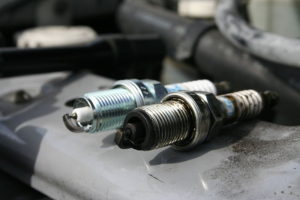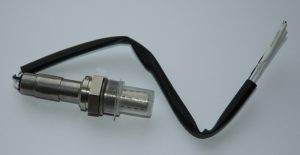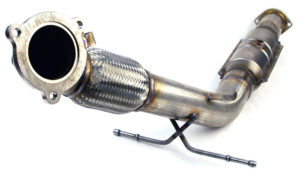Have you ever wondered just how your vehicle stays grounded and stable when you hit those unexpected bumpy roads? The culprits behind such ingenious mechanics and machinery are closer than you think! Whether your car has shocks or struts supporting its wheels, these structural fixtures are what keep your morning commutes from turning into a rocking and bouncing mess.
As amazing as they may be, these fixtures require just as much maintenance and care as every other piece in your vehicle. Of course, when it comes to diagnosing problems tied to these structures, it helps to understand how shocks and struts differ in their operation. Fortunately enough, our team of passionate car buffs is happy to educate! Read on for a crash course in vehicle shock absorption and determine if you’re long overdue for a visit to the mechanic.
 Shocks VS Struts
Shocks VS Struts
First things first, what exactly are shocks and struts? While both of them perform the same function of dulling impacts your vehicle faces on the road, you can’t necessarily use the two pieces interchangeably. In fact, every vehicle is typically designed with either shocks or struts in mind for both the front and rear and can’t have them swapped for the other freely.
The largest difference between the two parts is the fact that struts are a structural part of a vehicle’s suspension system, meaning they are mounted to the actual chassis of the vehicle. This means that struts hold sway over more than simply the bounce you experience on the road. They also are an integral part of your vehicle’s steering and alignment. This is why we notice a more expensive cost for strut repair and replacements compared to shock services.
 Does Your Suspension Need Repair?
Does Your Suspension Need Repair?
Now that we’ve gotten the suspension primer course out of the way, the next step is to keep an eye out for red flag signs that your vehicle needs repair. Fortunately, the signs are easy to spot and diagnose!
First, the obvious sign. If your vehicle bounces excessively when going over bumps, odds are very likely that your suspension needs a looking at. In addition to that, without proper suspension absorbing the movement of the springs in your vehicle, you could begin to see your front end dip into the ground when breaking. It’s also just as likely that your vehicle’s rear will bottom out and make contact with the ground on more bumpy roads.
Conclusion
If you’ve owned a vehicle for more than few years, you’re already more than aware of the fact that, if you ignore problems with your vehicle such as compromised suspension, further and more costly damages await. If you notice any of these red flag signs, visit your mechanic right away. It could also be helpful to know whether your car uses struts or shocks beforehand to further streamline the repair process.


